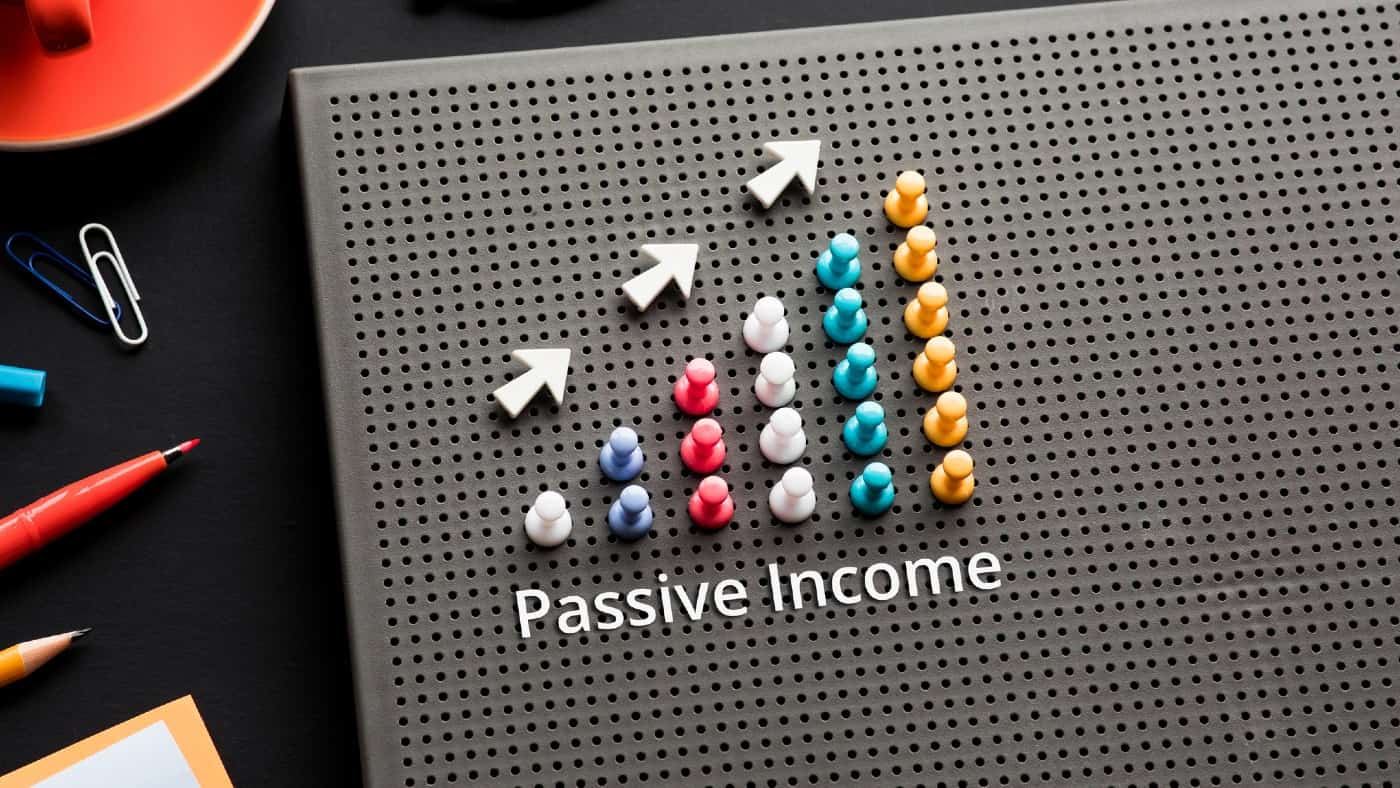I love passive income and legendary investor Warren Buffet has best encapsulated the investment idea. He said: “If you don’t find a way to make money while you sleep, you will work until you die.”
My preferred way of making money like this is to invest in high-dividend-paying shares. The only real effort involved is selecting the companies and then ensuring they are performing as they should.
Key factors in share selection
I recently increased my holding in HSBC (LSE: HSBA). So this provides a good example of my share selection process at work.
First, the share should pay a much higher dividend than current FTSE 100 average yield of 3.8%. The bank’s 2023 payout was 61 cents (48p) a share, giving a yield of 6.9% on its £6.95 share price.
Second, it should look set for good growth in the future. This is what powers increases in share price and dividends over time.
Its Q1 2024 results showed revenue up 24% year on year – to $20.8bn. Profit before tax was down marginally — by $0.2bn, to $12.7bn. This was due to net impairment losses from the sales of its businesses in Canada, Argentina, and France.
A risk in the bank is that its profit margin between borrowing and lending decreases as UK interest rates fall. Another is a new global financial crisis.
However, consensus analysts’ estimates are that revenue will grow at 3.6% a year to end-2026. Return on equity is forecast to be 12.2% by that time.
A final check on valuation
The third factor I look at is whether the share looks undervalued against its peers. If it is, this lessens the chances of a big price slide wiping out all my dividend gains.
HSBC trades on the key price-to-earnings (P/E) stock valuation measurement at 7.4. This is undervalued compared to its peer group average of 7.7.
How much in cash terms? A discounted cash flow analysis shows it to be 53% undervalued right now. Therefore, a fair value would be around £14.79, although there is no guarantee it will reach that price.
Turbocharging dividend payments
There are two ways of handling dividends paid every year.
First, they can be withdrawn from the investment account in which they are held and then spent. On this basis, £17,000 (the average UK savings account amount) invested at 6.9% would make £1,173 a year.
Over 10 years, provided the yield averaged 6.9%, this would add £11,730 to the £17,000 initial investment.
The second way to handle these dividends involves reinvesting them back into the stock. This is ‘dividend compounding’, and it produces much bigger returns than the first option.
Doing this, £17,000 invested at a 6.9% average yield would make an additional £16,826 rather than £11,730 after 10 years.
After 30 years based on the same average yield, the total investment could be worth £133,926. This would pay £8,905 a year, or £742 a month in passive income.
Inflation would reduce the buying power of the income over time, of course. And yields can go down as well as up, depending on dividend payments and share prices.
However, it highlights that relatively small investments in the right stocks can generate a significant second income if the dividends are reinvested.







